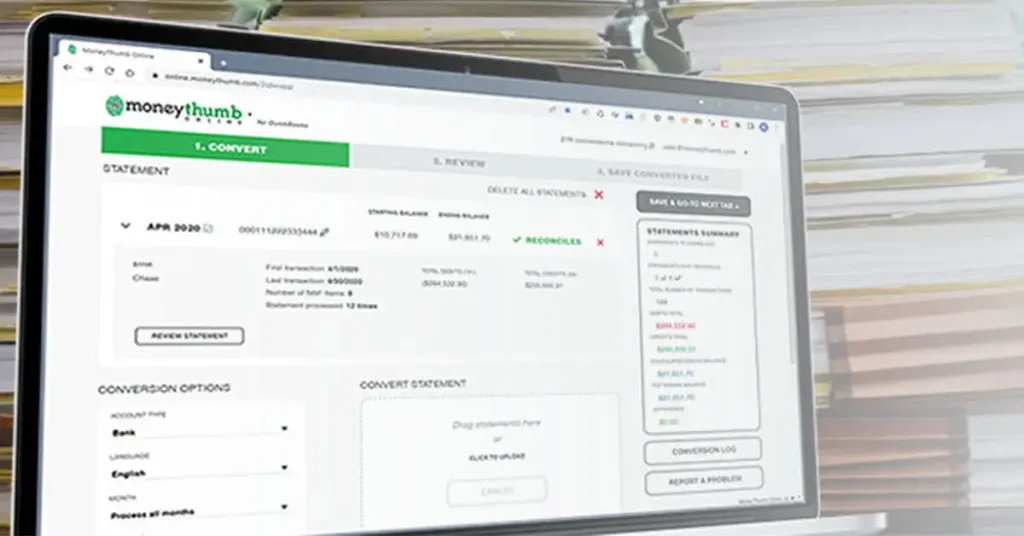10 Good Financial Rules of Thumb
"Rules of thumb can be a good approximate guideline for decisions, and there are tons of money rules that aim to get your finances on track. While everyone's situation is different, these serve as a good starting point.
We thought we'd put together a list of some solid, useful rules of thumb to follow. However, since everyone's situation is different, we've also included some scenarios in which these rules are worth reworking to your needs.
Budgeting
The 50/30/20 Rule
This is a popular rule for breaking down your budget. The 50-30-20 rule puts 50 percent of your income toward necessities, like housing and bills. Twenty percent should then go toward financial goals, like paying off debt or saving for retirement. Finally, thirty percent of your income can be allocated to wants, like dining or entertainment.
Why It Works: If you're not sure where to start with a budget, breaking it up into these basic categories can be really helpful. Those percentages help create a balance between obligations, goals and splurges.
These rules of thumb are good starting points for your spending. But maybe you want to adjust them, or make a budget that's more tailored to your situation. In that case, start from scratch, follow a few budgeting steps and design something that works best for you.
Buying a Vehicle
The 20/4/10 rule
When buying a car, you should put down at least 20 percent. You should finance the car for no more than four years and spend no more than ten percent of your gross income on transportation costs.
Why It Works: It keeps you from buying more vehicle than you can afford. It also takes your ongoing budget into consideration by calculating total transportation costs. These costs include not only your car payment, but also your gas and insurance, which can vary by vehicle type.




















Add comment